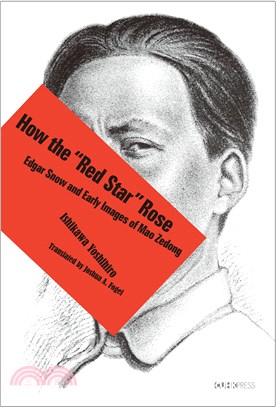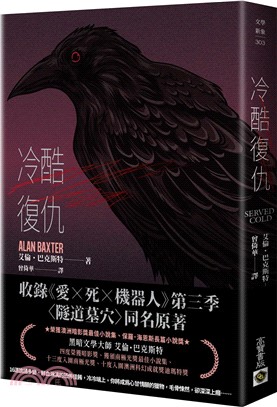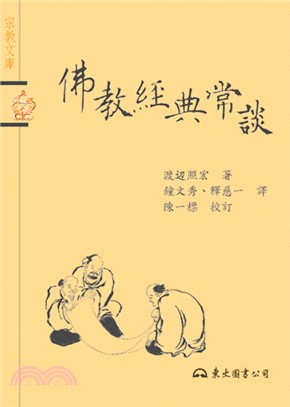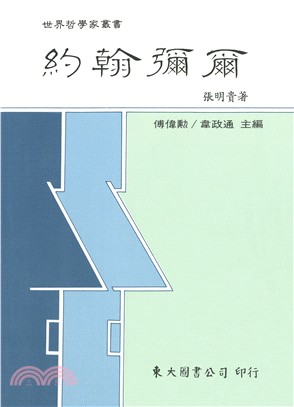商品簡介
Mao Zedong’s biography has been the subject of an international mountain of commentary in China and elsewhere. Biographies praising Mao and those slandering him are all based on the American journalist Edgar Snow’s (1905–1972) account in Red Star over China for the route Mao traveled from early childhood through his youth.
How the “Red Star” Rose introduces the image of Mao and the biographical information made known to the world through the publication of Red Star, and with its publication the circumstances which they fundamentally undermined. Ishikawa Yoshihiro uses Mao Zedong as raw material to examine from whence and how ordinary historical information and images which we habitually use unconsciously come into being.
He desires to help readers to reconsider the historicity of the generation of not only Mao’s image but of that of “historical materials.”
作者簡介
Ishikawa Yoshihiro 石川禎浩 is Professor at the Institute for Research in Humanities, Kyoto University. He specializes in the history of the Chinese Communist Party, the history of modern Chinese thought and politics, and the history of Sino-Japanese exchanges. His representative work, The Formation of the Chinese Communist Party (2001), has also been translated into English (2012) and Chinese (2006; expanded edition,
2021) respectively. In November 2021, he was awarded the 25th Ryotaro Shiba Prize for his outstanding research on the Party’s centenary history.
Joshua A. Fogel, historian and translator, is Canada Research Chair Professor in modern Chinese history at York University. Trained initially in Chinese history, he developed an abiding interest in Japanese history and, after many years of language study, found a way to integrate the two: the study of cultural and political Sino-Japanese relations. He is the founding editor of the Sino-Japanese Studies journal. His most recent book is A Friend in Deed: Lu Xun, Uchiyama Kanzo, and the Intellectual World of Shanghai on the Eve of War (2019).
名人/編輯推薦
With a title that evokes Gao Hua’s seminal study of Mao Zedong’s rise in the Chinese Communist Party, Ishikawa Yoshihiro asks two critical questions—What did the world know of Mao before the publication of Edgar Snow’s Red Star over China? How did Red Star change that understanding? With the meticulous research, careful documentation, and fair-minded judgment that characterizes all of Ishikawa’s work, he shows how little even Moscow and the Communist International knew about Mao before 1936. This study is full of unexpected insights into the origins of early visual images of Mao, the background to Snow’s historic trip to northern Shaanxi, and the evolution of the classic study that he left. In a world where balanced judgment of the rise of Mao is increasingly difficult to find, Ishikawa’s scholarship stands out as a rare model of judicious balance.
—Joseph W. Esherick, Emeritus Professor, Hwei-chih and Julia Hsiu Chair in Chinese Studies, University of California, San Diego
This book is, first, an exquisite excavation on the enabling infrastructures in the writing and publishing of one of the most iconic works in journalistic interviews in the 20th century, a text that broke through a wall of intelligence blockade to give to the world, in an autobiographical voice and with a striking image, the debut of the revolutionary Mao while holed up in a mountain base area. It is, in addition, a history of the reading of the book in multiple languages including Chinese that is indexed to the rise of the Mao cult thereafter. Ishikawa captures a moment of a past gearing up in anticipation of a future that never came. This book is a must-read for all with an interest in Mao, journalism, and the history of books.
—Wen-hsin Yeh, Richard H. and Laurie C. Morrison Chair Professor in History, University of California, Berkeley
Ishikawa offers a challenging reflection on how historical information and images that we take for granted come into being through the twin case studies of images of Mao Zedong before Edgar Snow’s famous biography in 1936 and then how Snow’s images of Mao were translated, and transmuted, into Chinese, Russian and Japanese. Joshua Fogel’s careful translation brings this impeccable example of Japanese sinology to the English reading public.
—Timothy Cheek, Professor and Louis Cha Chair in Chinese Research, University of British Columbia
目次
List of Illustrations and Sources xi
Translator’s Introduction (Joshua A. Fogel) xv
Introduction: A Mysterious Image of Mao Zedong 3
Chapter 1 The Unknown Revolutionary 19
1. Mao Zedong, the Man 19
2. Mao Zedong’s Biography in the Chinese Political Press: The First Mao Biography in China 24
3. Mao Zedong in Domestic and Foreign Directories in the Early 1930s 32
4. The Comintern 40
5. How Much Did the Comintern Know about Mao Zedong? 48
Chapter 2 Photographs of Mao Zedong and the World of Images 55
1. How Was Mao Seen in the West?:“Dull-Looking Guy” as Depicted by Supporters 55
2. “Mao Zedong Is Dead”: An Obituary Circulated by the Comintern 63
3. The Emergence of Images of Mao Zedong. 67
4. Mao Zedong as Seen by the Russian G. B. Ehrenburg: The First Foreign Biography of Mao Zedong 75
5. A Revolutionary Carrying an Umbrella 80
Chapter 3 Emergence without Appearance in the International Communist Movement. 89
1. Wang Ming Praises Mao Zedong: The First Publication of a Collection of Mao’s Writings 89
2. Khamadan’s Biography of Mao Zedong 95
3. “Mao Zedong zhuanlüe”: The First Biography of Mao Zedong Written by a Member of the Chinese Communist Party 103
4. Moscow’s Biography of Mao Zedong: Shehui xinwen, Also Read by CCP Members. 109
5. Gao Zili Afterward 121
Chapter 4 The Enigma of a Chubby Photo. 129
1. The Debut Appearance of a Chubby Mao Zedong: Yamamoto Sanehiko’s Shina 129
2. The Clue of Zhu De’s Photo 133
3. Who Ran the Image of a Chubby Mao Zedong? 141
4. Hatano Ken’ichi’s Studies of the Chinese Communist Party 149
5. What Was the Public Information Office of the Foreign Ministry Conveying to the Japanese People? 157
6. Who Is That Chubby Guy?165
Chapter 5 Edgar Snow Enters “Red China” 173
1. Perfect Timing for an Interview and Reporting 173
2. Fellow Travelers and Middlemen: Hatem, Smedley, Feng Xuefeng, and Liu Ding 180
3. Undelivered Baggage: “Lu Xun’s Hams” 188
4. The Contributions of Dong Jianwu (Pastor Wang) and Helen Snow (Nym Wales) 194
5. Did Red Star over China Undergo Censorship by Mao Zedong? 199
Chapter 6 At Last the “Red Star” Rises 209
1. Birth of the “Red Star” 209
2. Praise and Criticism 218
3. Aftermath of the English Edition of Red Star 226
4. The Chinese-Language Edition of Red Star: Xixing manji and Edgar Snow 229
5. Red Star in the People’s Republic: Concealed Masterpiece 241
6. Retranslations of Red Star after the End of the Cultural Revolution by Dong Leshan and Wu Liangping 249
Chapter 7 Red Star over China in Neighboring States: Soviet Union and Japan 259
1. The Soviet Union and Red Star 259
2. Red Star in Prewar and Wartime Japan 267
3. Red Star in Postwar Japan 275
Conclusion 281
Afterword to the English Edition 289
Appendix: Mao Zedong, a Sketch (G. B. Ehrenburg) 295
Bibliography. 301
Index 329
主題書展
更多主題書展
更多書展本週66折
您曾經瀏覽過的商品
購物須知
無庫存之港版書籍,將需向海外調貨,平均作業時間約30個工作天,然不保證確定可調到貨,尚請見諒。
為了縮短等待時間,建議您將港書與一般繁體書籍分開下單,以獲得最快的取貨速度。
為了保護您的權益,「三民網路書店」提供會員七日商品鑑賞期(收到商品為起始日)。
若要辦理退貨,請在商品鑑賞期內寄回,且商品必須是全新狀態與完整包裝(商品、附件、發票、隨貨贈品等)否則恕不接受退貨。





































































